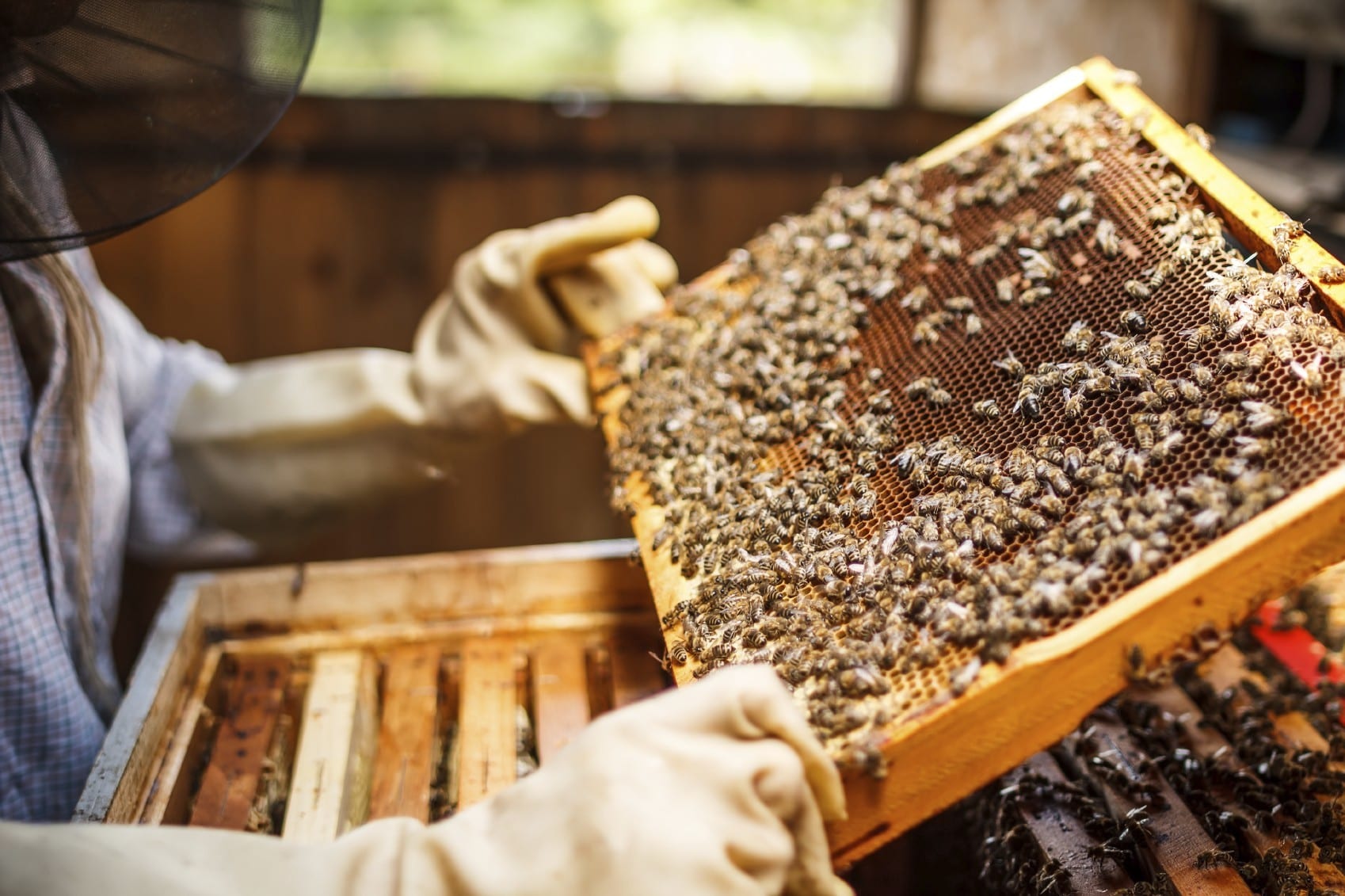
It’s no secret that our planet thrives off pollinators. These critters, including 20,000 species of bees, play a crucial role in contributing to the growth of many of the nation’s flowering plants, fruits, vegetables, and even some nuts. And according to the New York Times, plants that depend on pollination make up 35 percent of global crop production with a value of as much as $577 billion per year.
This means that that the pollinators indirectly assist in creating millions of jobs worldwide. We don’t just lose honey when we lose the honeybees; we miss out on an enormous amount of employment opportunities and a huge portion of our food supply.
There are numerous factors contributing to the decline of these insects. Some of the pressures include aggressive agricultural practices that eliminate wildflowers and other food options for the pollinators, says the Times. It should also be noted that the three P’s (parasites, pesticides, and pathogens) are also killing off the honeybees.
People are getting creative in their ways of tackling this imperative issue. According to NPR, everyday folk can now “adopt a beehive” to help keep the bees and their keepers alive and thriving.
NPR interviews Nick French, a beekeeper in Parker, Colorado. He reveals that things haven’t been easy; most beekeepers have lost almost a third of their hives over the winter. Replacing the hives is expensive, and so French and fellow keepers have turned to the community for support.
The Adopt A Bee program at Frangiosa Farm was introduced in 2012. The one-time adoption fees per hive range from $45 to $130 (the latter gets you three jars of honey). French signed up 25 adopters the first year; last year, the number of adopters jumped to 300.
This is especially helpful, as many beekeepers are now unable to predict whether or not they’ll have enough bees to meet the hefty demands that adequate pollination requires. Many beekeepers help supply their bees to local and commercial farmers in order to aid production. The “Adopt a Hive” model not only helps the beekeepers put bread (and maybe some honey) on the table, it also raises awareness of the bees’ potential endangerment. More beekeepers means more bees.
The beekeepers also protect the bees from some of the aforementioned diseases, something that wouldn’t be able to happen without some human intervention. When disease strikes a hive, the farmers can prevent it from spreading.
“Adopt a Hive” isn’t available everywhere, but more and more cities are looking to include the model. Currently programs can be found in Texas, Florida, and Hawaii, though it’s rapidly expanding. Other ways you can support beekeepers? Support organic practices and continue buying your produce from the farmers market, which likely supports local beekeepers as well, or consider donating to Pollinator Partnership.
You can find the original Adopt A Honey Bee here.
—

Amanda Kohr is a 25-year-old writer and photographer with a penchant for yoga, food, and travel. She prefers to bathe in the moonlight rather than the sun, and enjoys living in a state of the three C’s: cozy, creative, and curious. When she’s not writing, you can find her driving her VW Bug, looking for the next roadside attraction or family diner. She also roams the internet at amandakohr.com and through Instagram.